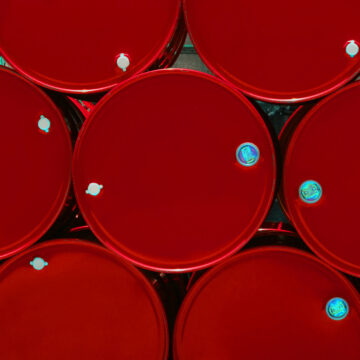Medicine, flowers, meat, and many other goods require temperature monitoring during transportation to ensure that they are in usable condition. This is why temperature monitoring systems have become an integral component of modern-day logistics around the world. These systems are capable of monitoring the temperature of a space for maintaining product freshness and reducing waste. In the recent years, we have observed an extensive use of these systems in food business, clinics, hospitals, healthcare, and many other industries.
By using a temperature monitoring system, businesses can track, control, and regulate the temperature of a product in a specific environment. These systems are critical to safe transportation of all temperature-dependent products.
Important Features:
Some of the most important features of a standard temperature monitoring system include the following.
- Users receive automated alters for both high as well as low temperatures
- The slightest of change in temperature alerts the systems and notifications are sent to users about temperature rise and drop.
- Reports are generated automatically, allowing users to analyse trends and implement new measures as required.
- Eliminates manual calls and reviews for receiving product updates and maintaining updated temperature readings.
- Based on the type of product, indicators can be customised for minimum and maximum thresholds.
Benefits of Using a Temperature Monitoring System
In the past few years, many industries have benefited significantly by implementing temperature monitoring in their logistics. Mentioned below are some ways in which these systems are capable of addressing logistics issues.
- Most of today’s sophisticated monitoring systems allow continuous recording of data. It is possible to record temperature data round the clock. Therefore, users are always equipped with the current data. Continuous data recording is extremely important in logistics. Data received from monitoring systems helps users take important decisions. Continuous capturing of data also means that users can promptly find out if any of the protocols are compromised. This also allows users to capture spikes and dips, analyse process anomalies and much more.
- Before reaching a specific destination, all shipped items go through different steps and checkpoints that may pose certain threats to it. For example, if the vehicle transporting the items faces an accident, the temperature of the transporting medium may get jeopardised. With responsive alerts and notifications, temperature differences can be recognised and the situation can be resolved before the goods are damaged.
- Temperature monitoring systems help users create statistical insights by collecting and storing data. These analytics are valuable because they help identify problems and loopholes responsible for sacrificing temperature control. By analysing the data, analytics help the logistics team tackle future problems.
- Some systems allow users to access the temperature of their goods via their PCs, smartphones, tablets, etc. Therefore, in order to inquire about temperature levels, it is not necessary to contact the transport team.
- A temperature monitoring system is capable of transferring data to multiple profiles. As a result, every individual in the logistics chain can track and follow data.
- Accurate temperature data helps users find out when things went wrong. This awareness allows the logistics department to solve issues and take vital decisions.
At ShockWatch, we offer damage prevention solutions that have been used with great satisfaction by many small businesses as well as multi-national companies. Please contact us today to discuss your temperature monitoring needs.


